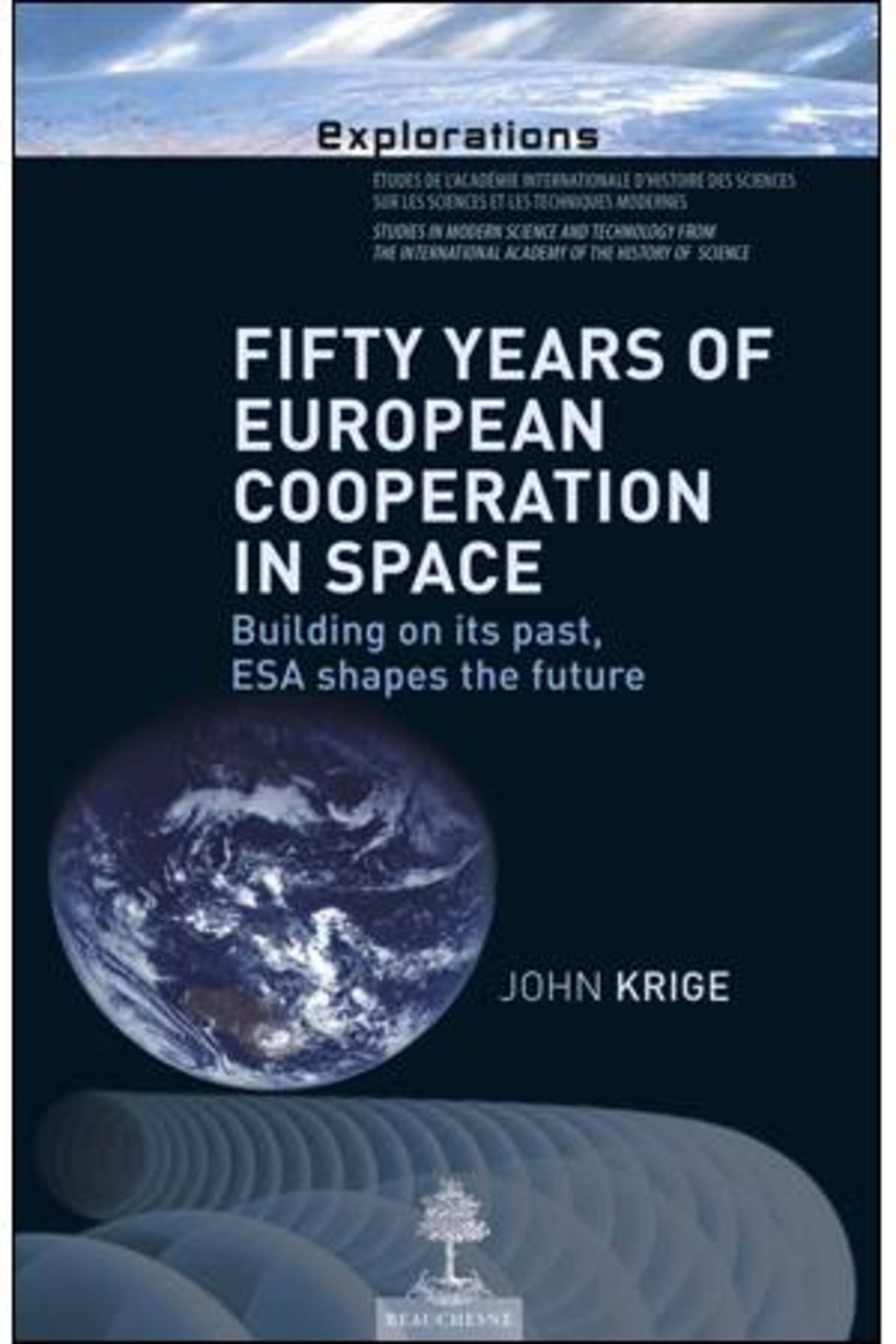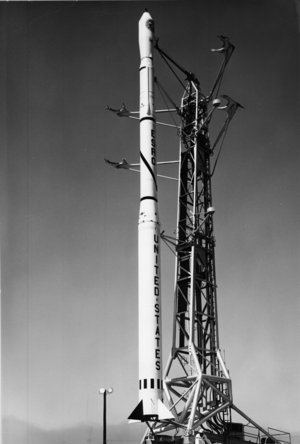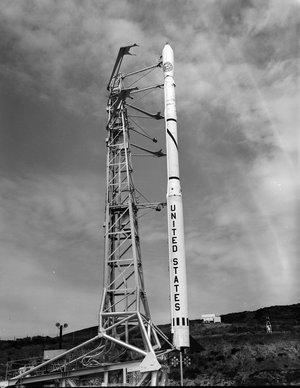Fifty years of European cooperation in space
A new book by eminent historian John Krige details fifty years of European collaboration in space, from the origins of the space programmes of the early 1960s, to the many activities and rich complexity of ESA today.
The book, Fifty years of European cooperation in space: Building on its past, ESA shapes the future, charts the early moves by pioneering European scientific statesmen and governments to establish not one, but two organisations, ESRO for science and later applications, and ELDO for launchers.
The tight financial constraints on ESRO, the tribulations of ELDO's launcher, and a major tilt towards close technological cooperation with NASA in the early 1970s led to the formation of a single organisation in 1975, the European Space Agency, ESA.
As ESA embarked on developing a new European launcher under French leadership (Ariane), and a human-rated laboratory for scientific experiments to fit in the US Space Shuttle's cargo bay under German leadership (Spacelab), its science programme was put on a secure institutional footing and it launched a number of applications programmes.
The 1980s were marked by the spectacular success of Ariane, the consolidation of a human presence in space through Spacelab and collaboration in the International Space Station, the development of a new framework for rationalising space science and bruising disputes over engaging users to operate application satellites.
The global upheavals of the 1990s, the interest of the private sector in space, and an awareness of the value of space-based systems to civil society and military action on the ground obliged ESA to refashion itself again.
New partnerships were forged. ESA's launcher fleet was expanded to include the Russian Soyuz and the Italian-led Vega. A single European Astronaut Corps was created, and major new programmes for Earth observation (GMES) and satellite navigation (Galileo) were created in cooperation with the European Union.
The history of Europe's presence in space is above all a history of political will, of industrial development, and of the consolidation of extensive scientific, technological and managerial competencies to construct a global space power - one that could compete and collaborate from a position of strength with the US and the USSR/Russia, while adapting to the changing demands of a new geopolitical world order in the 21st century.
Fifty years of European cooperation in space: Building on its past, ESA shapes the future (EAN/ISBN: 97820701020297) is published by Les Editions Beauchesne (June 2014).















 Germany
Germany
 Austria
Austria
 Belgium
Belgium
 Denmark
Denmark
 Spain
Spain
 Estonia
Estonia
 Finland
Finland
 France
France
 Greece
Greece
 Hungary
Hungary
 Ireland
Ireland
 Italy
Italy
 Luxembourg
Luxembourg
 Norway
Norway
 The Netherlands
The Netherlands
 Poland
Poland
 Portugal
Portugal
 Czechia
Czechia
 Romania
Romania
 United Kingdom
United Kingdom
 Slovenia
Slovenia
 Sweden
Sweden
 Switzerland
Switzerland































